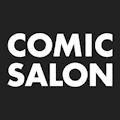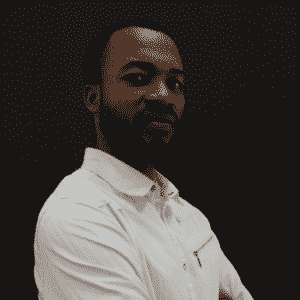In 1943, in the midst of colonisation, the Reverend Brother Marc Wallenda Stanislas created the Saint Luc School in Gombe-Matadi in the present province of Central Kongo, the former Bas-Congo. In 1949 the school was transferred to Leopoldville, the present city of Kinshasa, and later became the Academy of Fine Arts. Bamba Ndombasi considered that, from the pedagogical point of view, while Brother Marc was basing his work on the principles of respect for innate talents and inspiration drawn from the world proper to African man, and thus safeguarding a very rich tradition, he also advised his pupils not to copy it slavishly and to free themselves radically from foreign illustrations. In his small sculpture school in Gombe-Matadi, Bas-Congo, Brother Marc Wallenda Stanislas rediscovered with his pupils that nature was the richest and inexhaustible source of inspiration. A kind of idealised realism became, therefore, the characteristic of his school.1
For several years, a creative logic emerged from this school, which was based on a combination of modern European art, mainly its stylised component (Pablo Picasso, Modigliani, Constantin Brâncuși, Henry Moore, etc.) and neoclassical art practised in the academies of the western world in the 19th century, which was based on respect for naturalism.2
Currently, the Academy of Fine Arts of Kinshasa is open to the few “new artistic mediums” while fundamentally keeping its vocation as a classical teaching institution as mentioned above.3 Organised in several large sections4 composed of departments, this institution offers a place for debate around the visual arts. It is one of the main centres of discourse and contradictions that have nourished both the artistic currents and the Congolese artists currently present on the national and international scene.
It should be noted that a large number of its former students have always, after their studies, produced a discourse that challenged the classical pedagogical logic that had been professed to them there, while having acquired the basic skills of their profession. Among all the rebel artistic movements that emerged from the former students of this school, two of them deeply marked the Kinshasa artistic scene between the late 1990s and early 2000s: “Librisme” and “Eza possible”. They brought to the Kinshasa art scene new contemporary artistic practices such as performance, installations, photography, artistic video.
It should be noted that since the colonial period, throughout the years of President Mobutu reign until today, alongside the Academy of Fine Arts in Kinshasa, a plethora of self-taught artists flourished such as Chéri Samba, now world-renowned, and who was then followed by the series of “Chéri”: Chéri Chérin, Chéri Benga, the painters Moke, Bodo, etc.. These have acquired the status of “popular artists” or “watists” thanks to the ease of their plastic language, immediately understandable by the public. These themes cheerfully explore the dysfunctions in all sectors of the country’s life.5
- BAMBA, N. K.: « L’art moderne en confrontation avec l’art congolais », Kinshasa, Cellule de recherche Académie des Beaux-arts de Kinshasa. p.46-47.
- KAMBA, J. : « L’évolution des arts plastiques congolais et le vocabulaire de jeunes artistes de Kinshasa », in : Annales 7 ABA, Kinshasa, n7 (January 2019), p.117-118.
- KAMBA, J.: « Towards an Open Approach or a Dead Letter », in: Magazine C&, 28. Juli 2016, veröffentlicht online: www.contemporaryand.com/magazines/ (1 July 2020).
- Plastic arts: painting, sculpture, ceramics, metal art, restoration and conservation / Graphic arts: interior design, visual communication; soon the photography and design departments will be integrated.
- KAMBA, J. : « L’évolution des arts plastiques congolais et le vocabulaire de jeunes artistes de Kinshasa », in : Annales 7 ABA, Kinshasa, n7 (January 2019), p.118.


